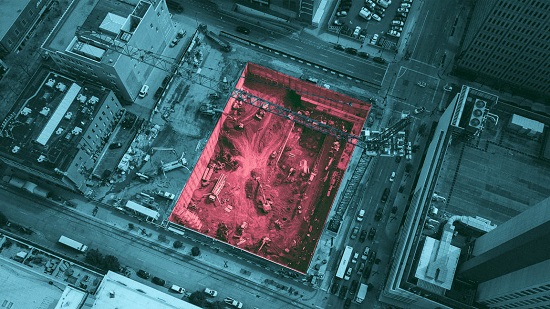 Friday, May 17, 2024
Friday, May 17, 2024  Friday, May 17, 2024
Friday, May 17, 2024 
Renderings of Amazon’s new HQ2 headquarters in Arlington, Virginia, demonstrate innovation and creativity in the field of architecture. The proposed complex includes 2.8 million square feet spread across three 22-story buildings. The centerpiece of the project will be a swirl of building and greenery known as “The Helix,” which will be certified LEED Platinum, the highest seal of sustainability issued by the United States Green Building Council. According to Amazon the complex will “align with Amazon’s Climate Pledge to be net-zero carbon by 2040 and advance Arlington and Amazon’s shared commitment to be leaders in the fight against climate change.” But will it?
Commercial real estate bears an undeniable responsibility for the climate change fight. As of 2016, the built environment consumed 44.8% of all energy in the U.S. and contributed 38.7% of carbon dioxide emissions, of which three-fifths was produced by commercial real estate. A significant amount of carbon dioxide emissions produced by the built environment occur during the construction phase of a building’s life cycle. A term that is rapidly gaining fluency in the industry is embodied carbon. It represents the sum of all greenhouse gas emissions that have occurred in the construction of a building as opposed to those during the building’s operational phase once completed. This concept of embodied carbon deserves far greater scrutiny given its impact, but it is rarely part of the sustainability calculus that most industry participants contemplate.
Recent research shows that the ratio of carbon released during construction relative to that from building operation is moving beyond a one-to-one ratio when taking a very optimistic building life span of 50 years. In fact, more carbon is emitted during the construction of the asset than during its entire lifetime. The emission impact of this embodied carbon happens today, while post-construction energy savings occur over the ensuing 30 to 50 years, which is too late.
Keep reading on FastCompany.com